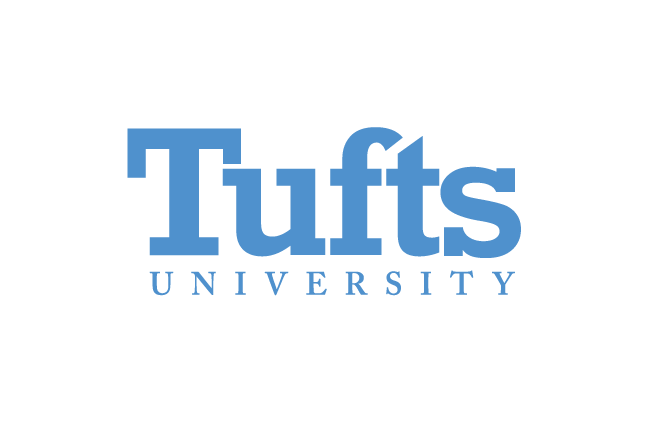
Tufts University needed a way to get through to their donors, and there is no better way to show impact than to hear directly from those who benefitted. That’s where we came in! Our team worked to tell multiple student stories from across the Tufts University campuses. In total, we produced 16 separate impact stories that highlighted students from 7 different schools across Tufts’ campuses.
When mass producing stories like these, consistency is key. We wanted all of the stories to have the same look and feel. Instead of trying to create different sets for each story, we interviewed each of the students in front of a plain white backdrop. That way, we could turn any space into a set. Whether it was a small conference room or a classroom, we were able to create consistency from story to story.
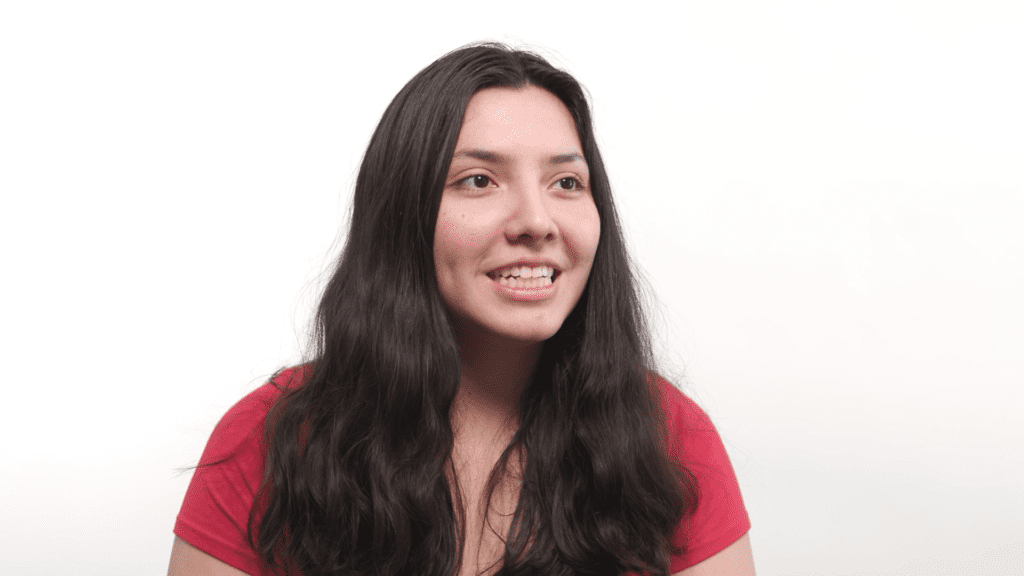
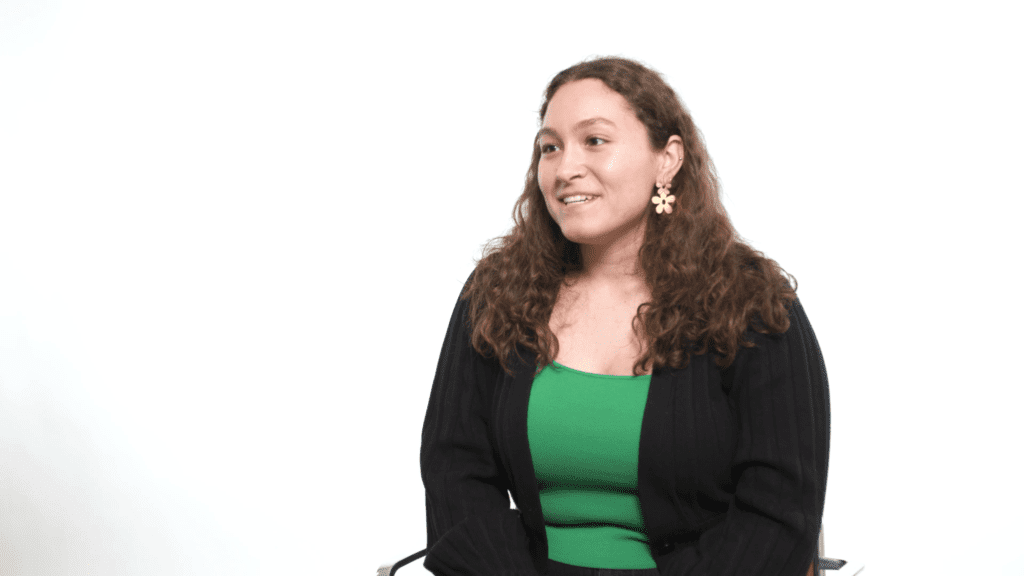
Throughout each of the interviews, we had a member of our team taking notes of places on campus or programs on campus that the interviewee may have mentioned. That way, when we went out to shoot broll, we had an idea of what might be relevant to the story; the goal was to capture the students in their environment.
For some of these stories, coming up with ideas for broll was relatively easy. When we interviewed the dental students, we had them take us through their lab. When we interviewed the students from the SMFA, Tufts’ fine arts school, we had them show off some of their work. Topics like these had plenty of supplemental visuals to show off in the impact story. For other stories, coming up with broll ideas may not have been as straightforward. That’s where we needed to get creative! For example, in these stories, we would capture shots of the student walking around campus, studying or working in a relevant space, and sometimes, we would even stage them in a conversation with one of us! When captured in slow motion, or from a variety of different angles, these shots gave us plenty to work with.
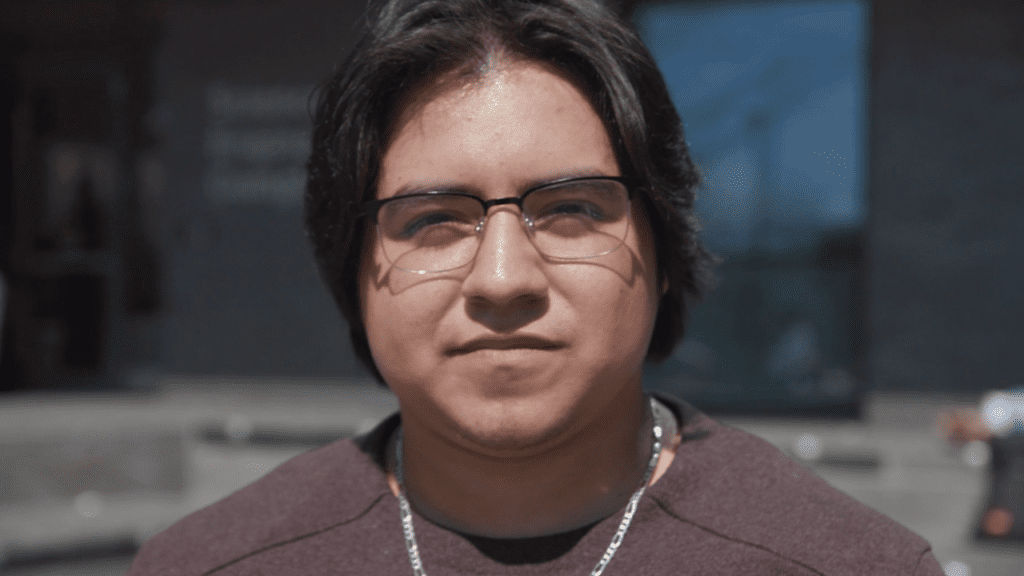
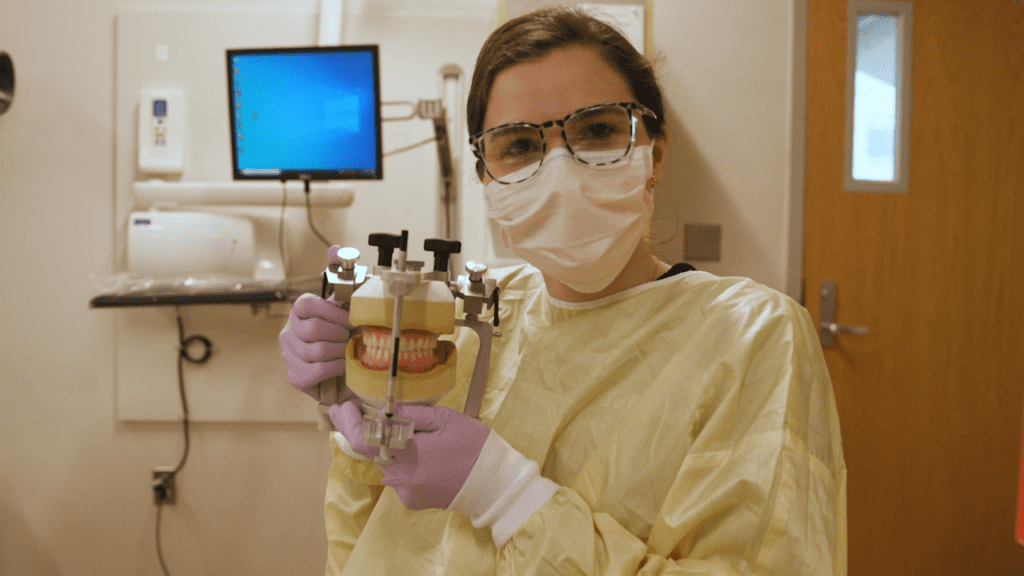
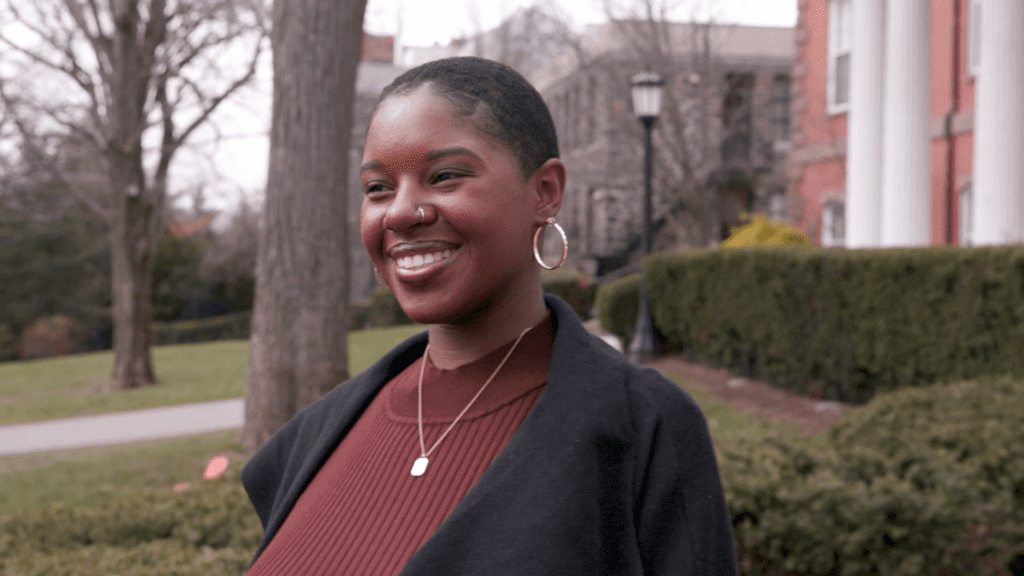
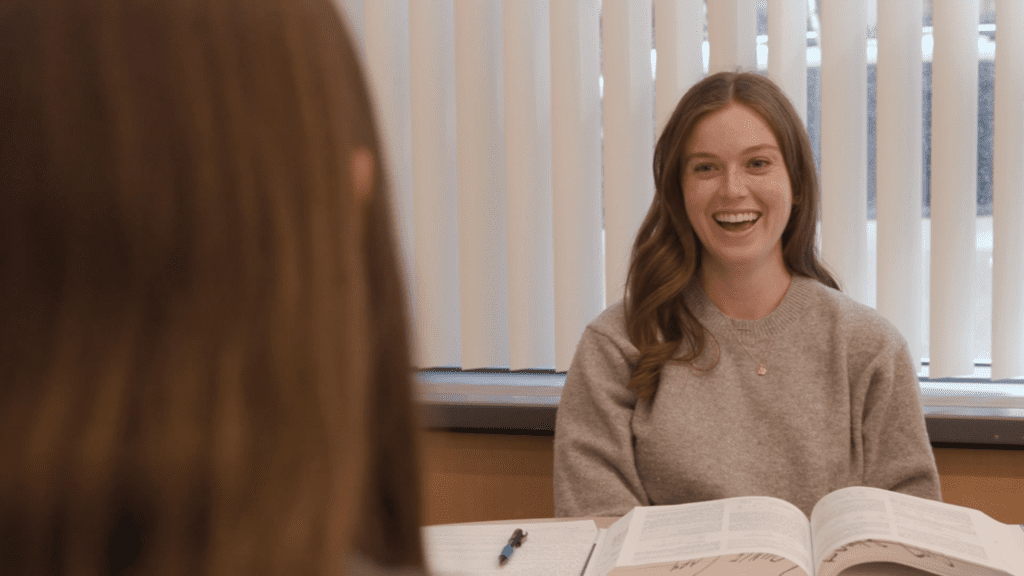
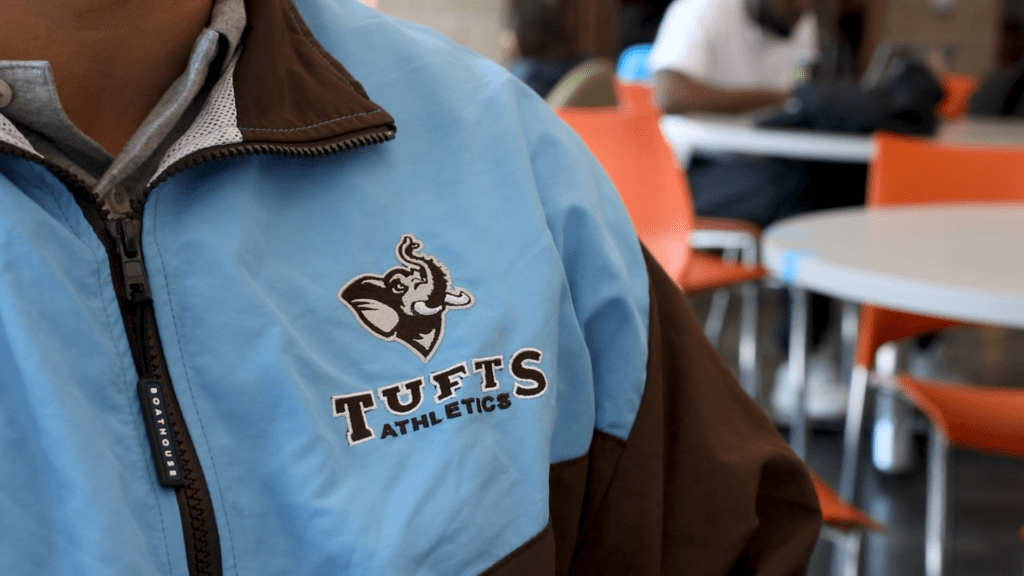
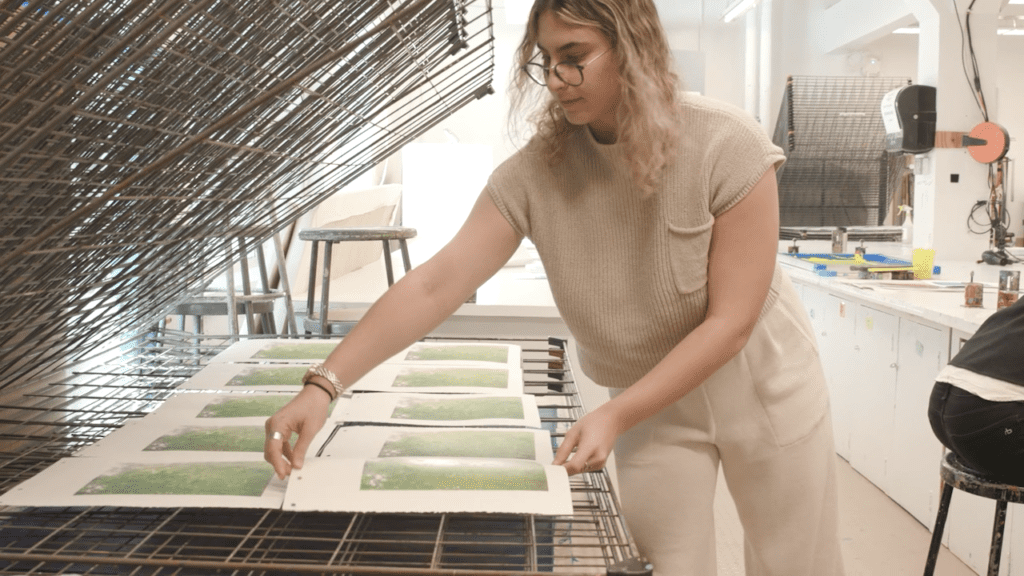
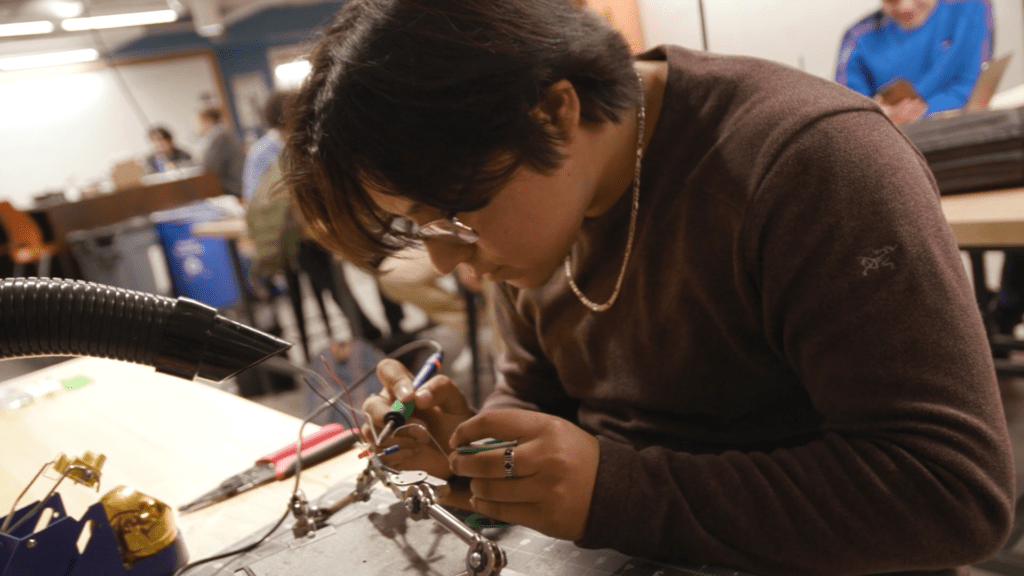
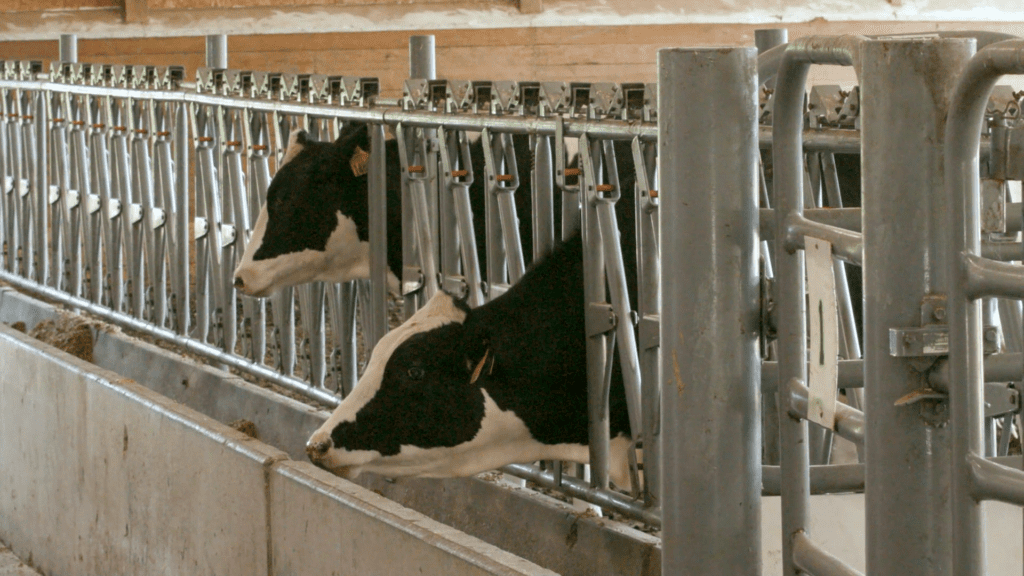
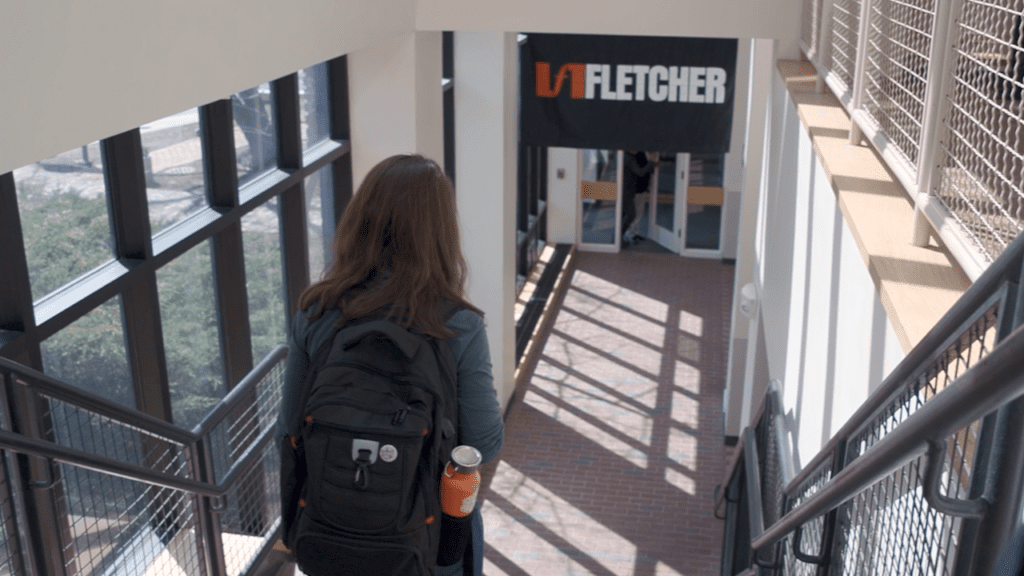
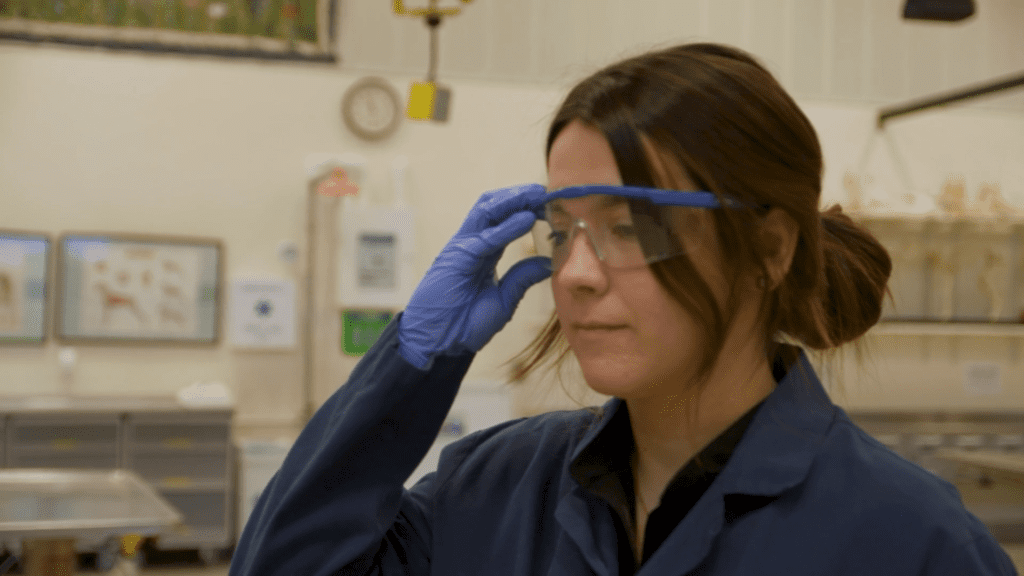
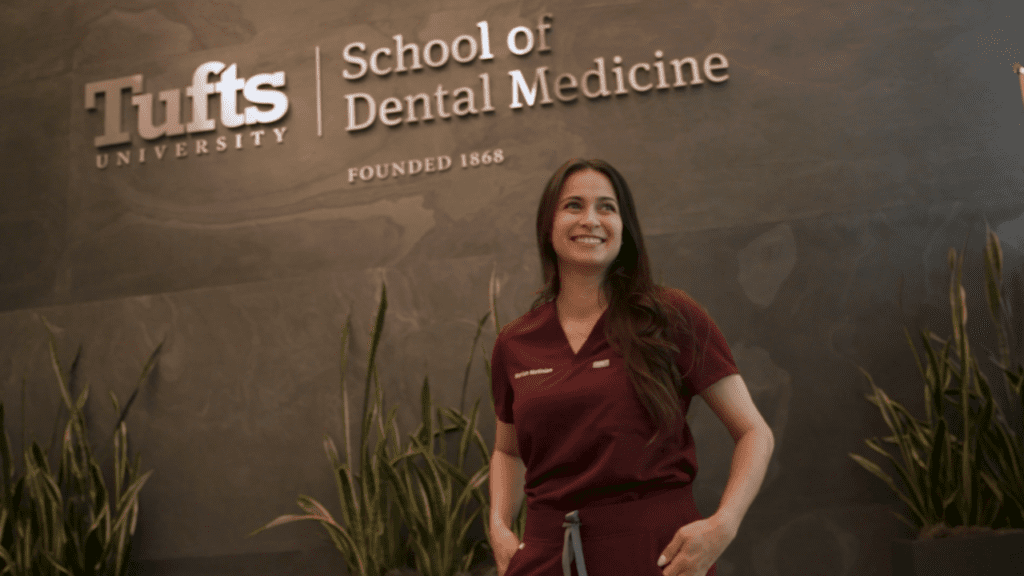
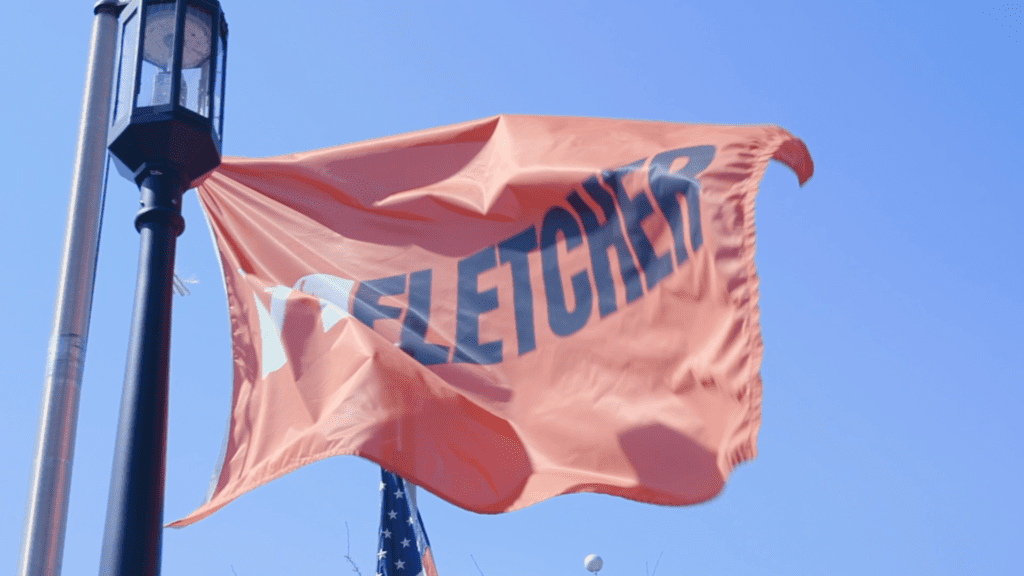
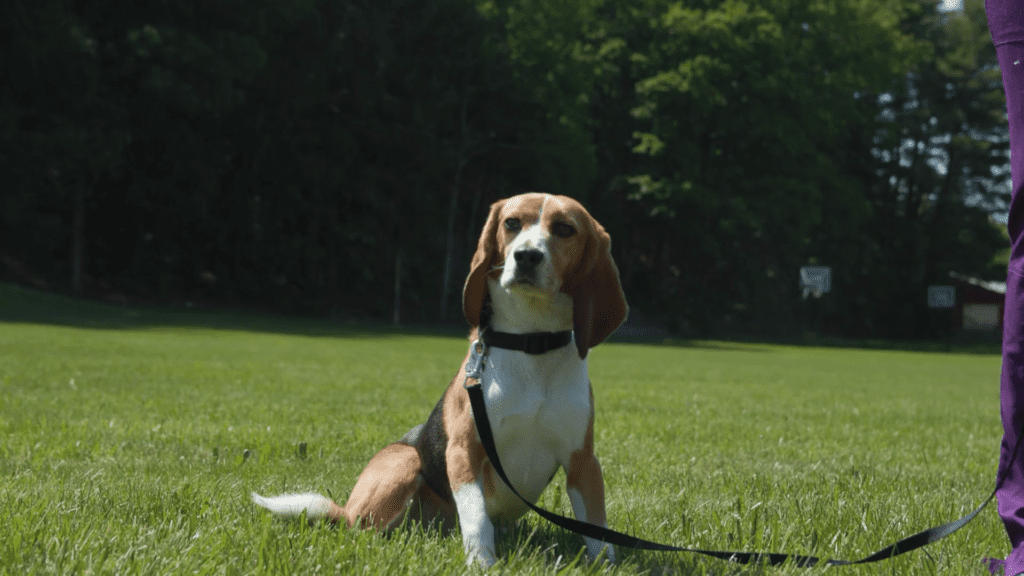
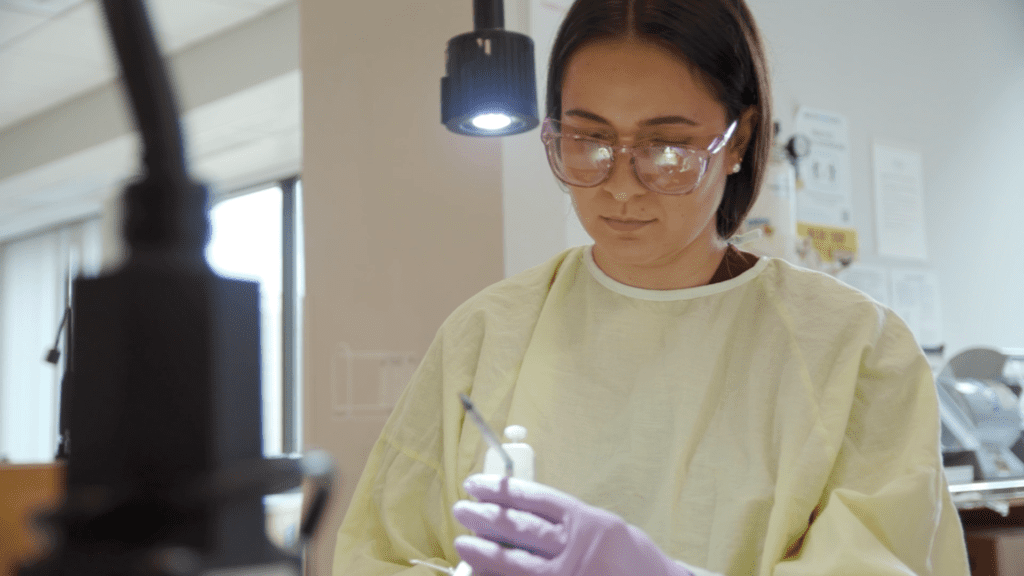

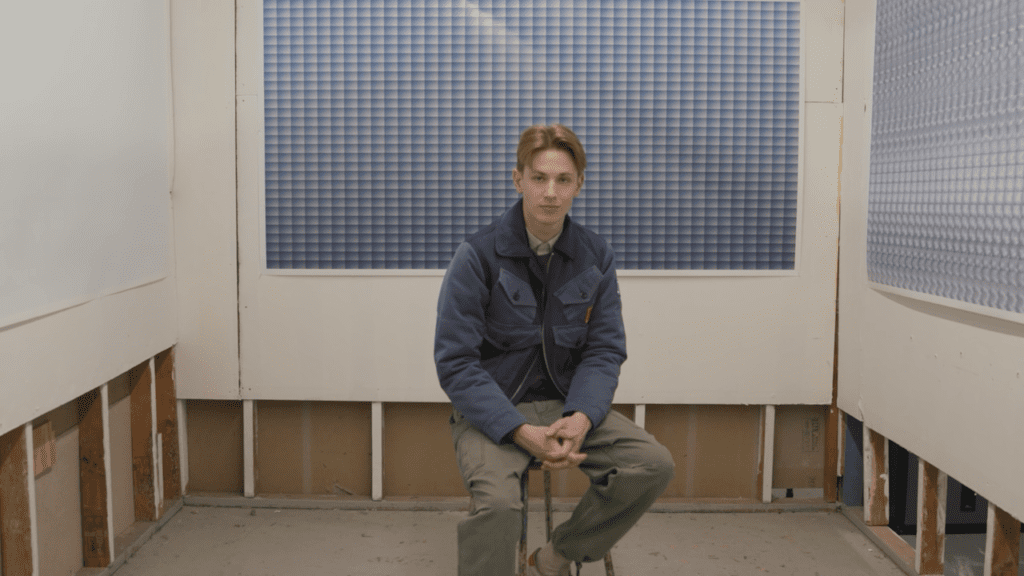
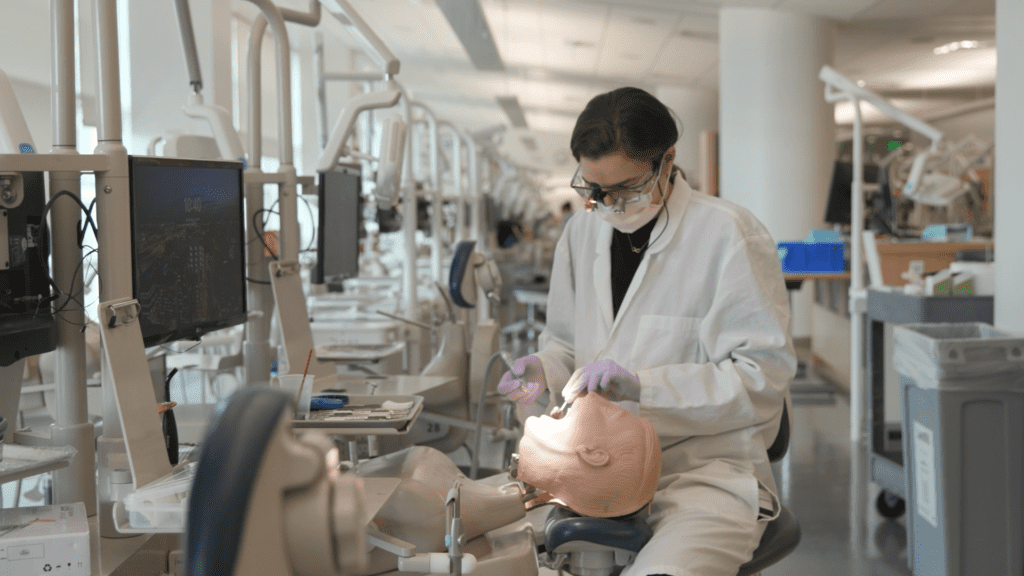
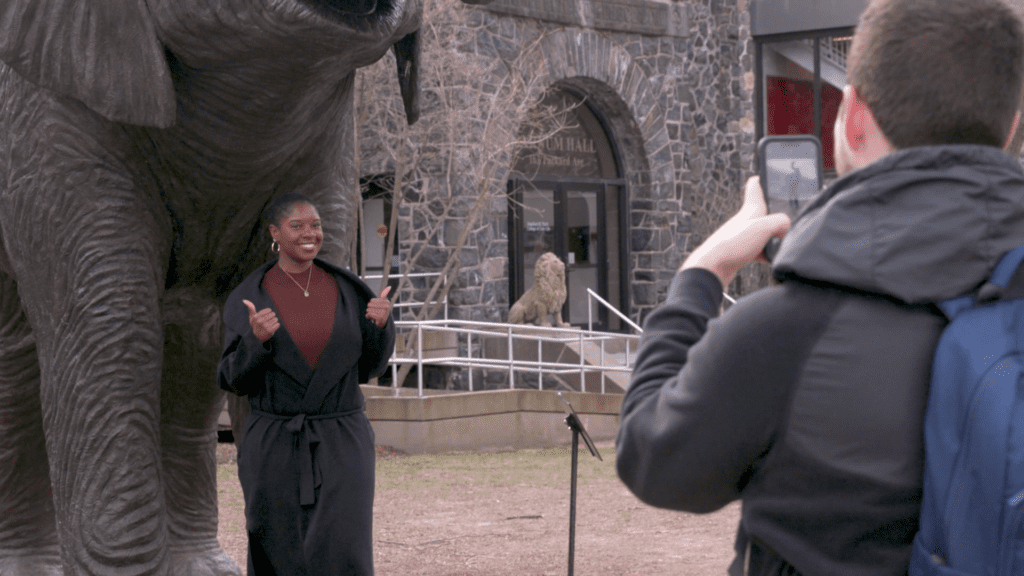
To maximize our days on campus, we tried to the best of our ability to schedule the interviews for each school on the same day. Both dental stories were shot the same day, both of the veterinary stories were shot the same day, etc. This was especially important at a school like Tufts where we had to visit at least 3 different campuses. Scheduling as many interviews as we could in one day helped make the process as efficient as possible. We also brought enough team members along that while one interview was happening, another member of our team could be walking around campus with the previous student interviewee to capture broll. By doing this, we sped up the shooting process.
After at least 4 months of shooting and editing, we produced over 16 individual impact stories for 7 different schools at Tufts University to use in their fundraising efforts. Now, Tufts University can show their donors what a gift turns into: supporting their students all around campus.